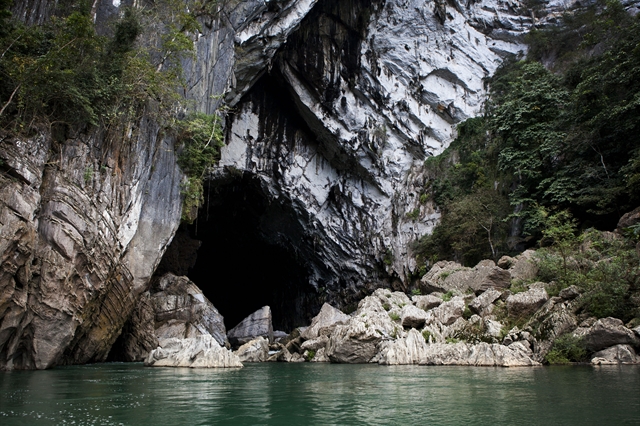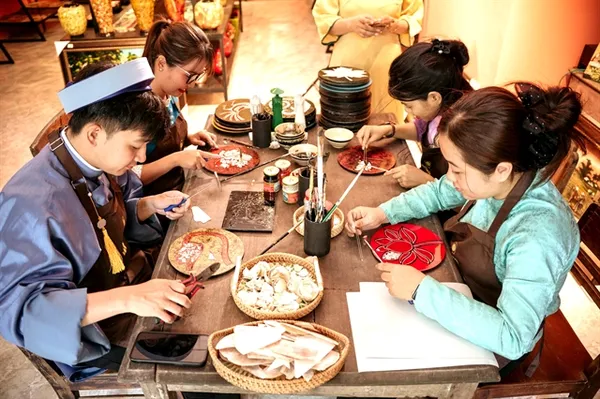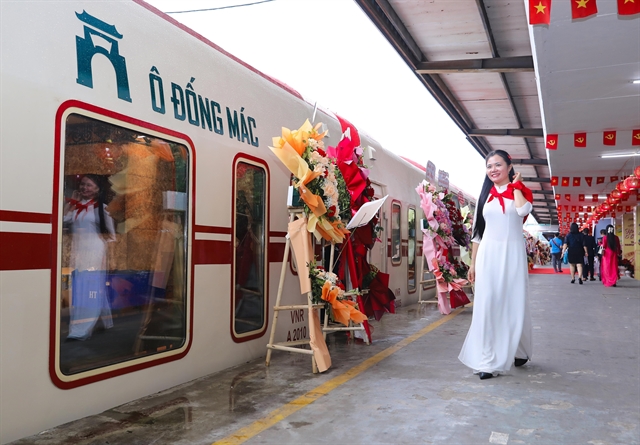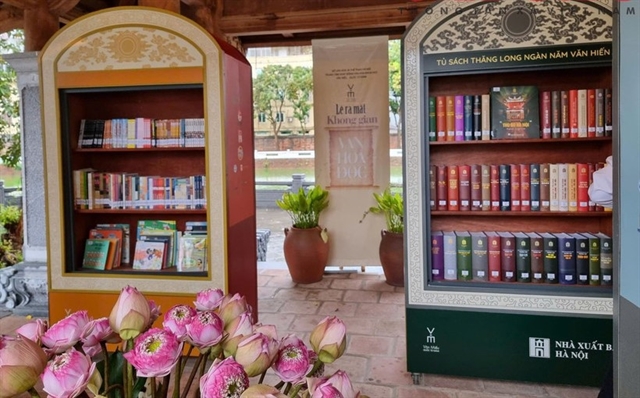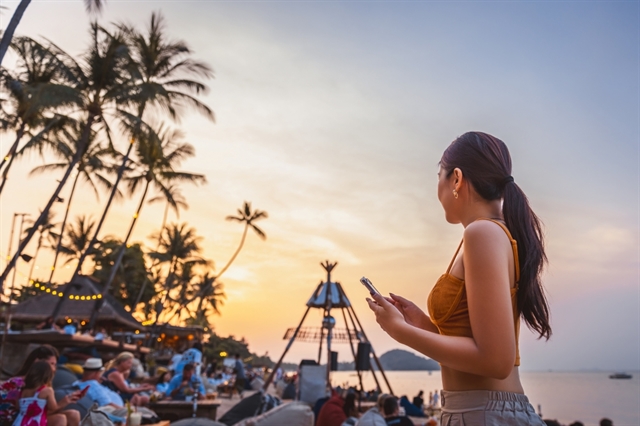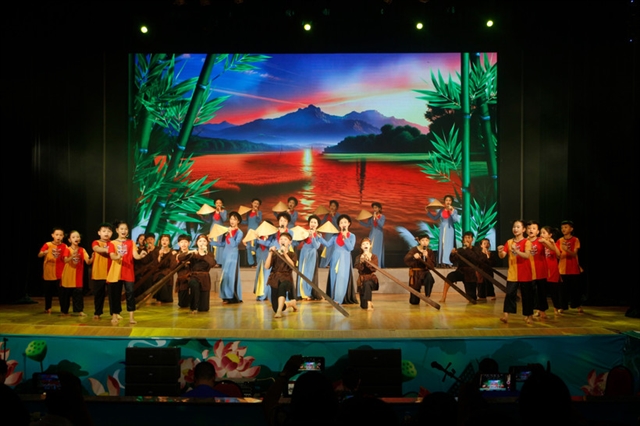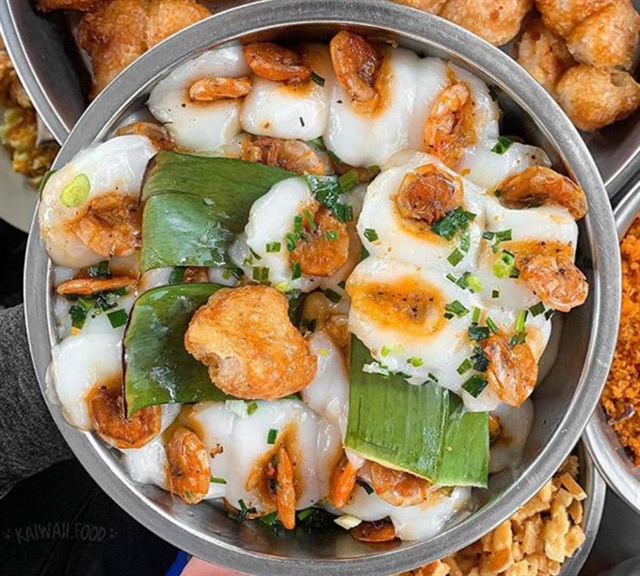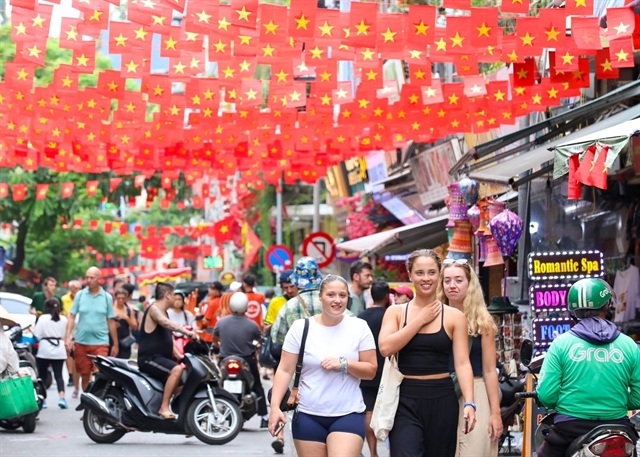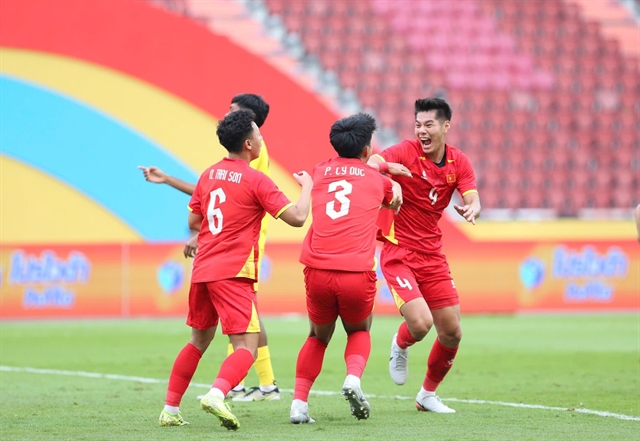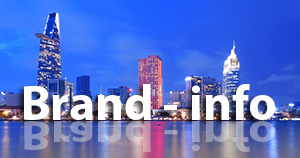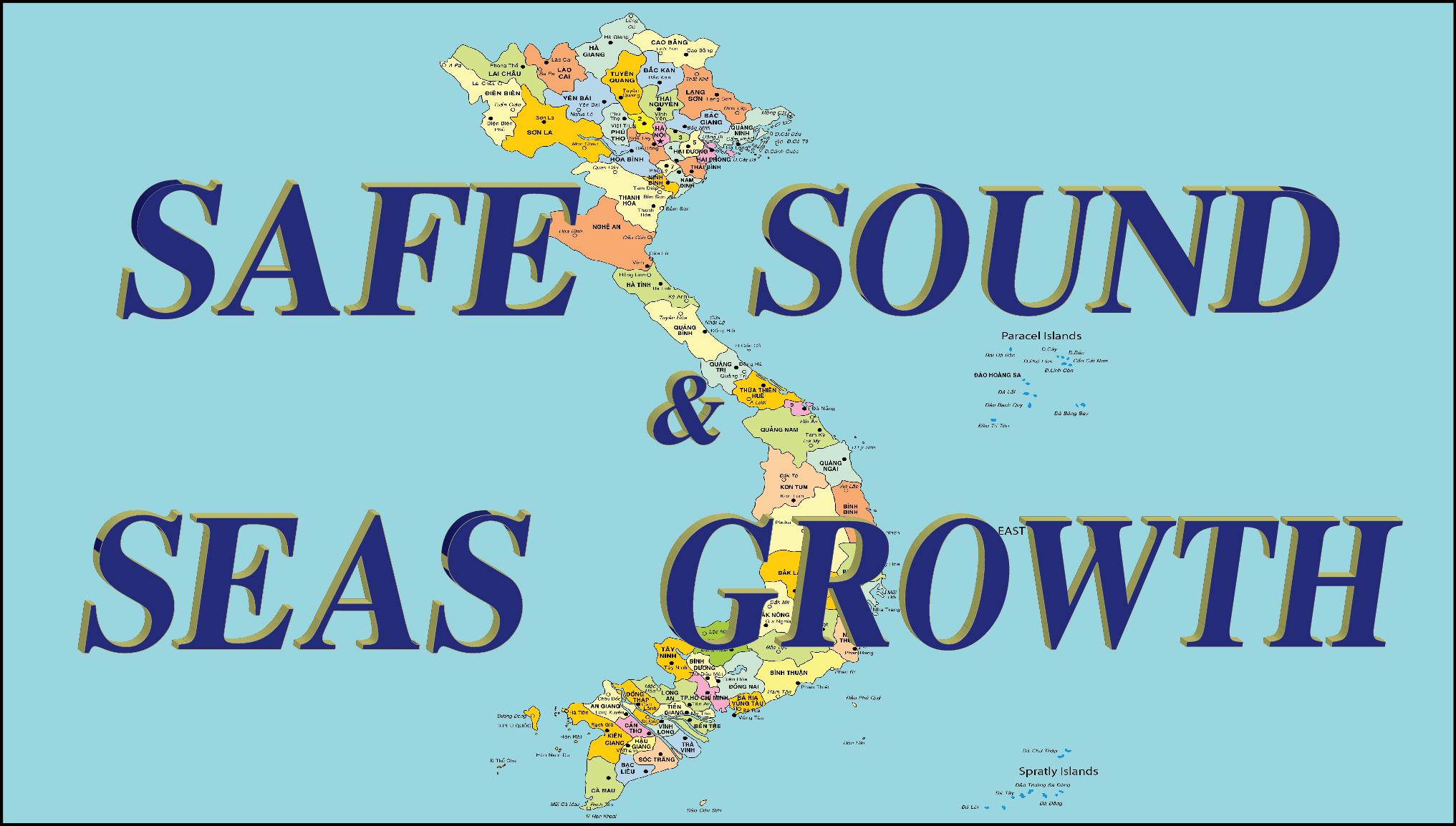
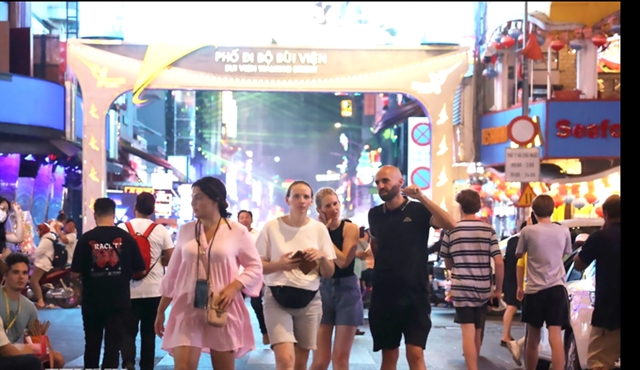 |
| Bùi Viện Walking Street in HCM City is a popular nighttime destination for international visitors. — VNA/VNS Photo Hồng Đạt |
HCM CITY — HCM City is accelerating the rollout of strategies, master plans, and policies through 2030 to reinforce tourism’s position as a core economic pillar in the city’s new development phase following recent administrative boundary changes.
The new configuration offers both opportunities and challenges, but city leaders say tourism is well placed to seize the moment.
Trần Văn Tuấn, vice chairman of the municipal People’s Council, said tourism has consistently affirmed its role and delivered significant results, contributing material and cultural value to both residents and visitors.
The city’s Department of Tourism acts as the sector’s “conductor” — linking tourism enterprises, advising the city’s leadership, and coordinating policies to boost growth, he said.
The city has focused on enhancing policies to develop diverse tourism products, including cultural-historical, culinary, shopping, ecological-agricultural, waterway, MICE, and medical tourism.
“We have introduced mechanisms and incentives to encourage both residents and businesses to work together in driving tourism development,” he said.
Statistics show strong growth momentum. In July alone, the city’s tourism revenue hit VNĐ22.4 trillion (US$985 million), up 45.6 per cent year-on-year, bringing the total for the first seven months of 2025 to VNĐ140.3 trillion, up 29.9 per cent and reaching 54 per cent of the year’s target.
International arrivals in July stood at 695,930, up 75.3 per cent, for a cumulative seven-month figure of nearly 4.6 million, up 48 per cent.
Recent product development has centred on short-haul linkages, particularly for day-trippers, connecting the city centre to destinations such as Hồ Tràm, Long Hải, Bình Châu, and Côn Đảo, as well as craft villages, fruit orchards, and riverside eco-sites in Bình Dương.
Opportunities and challenges
Despite the strong outlook, Tuấn acknowledged that expansion brings new challenges, notably integrated management and planning over a wider geographical area with different terrain, infrastructure, and local customs.
Disparities in service quality and workforce standards between localities also need to be addressed, alongside the requirement to restructure products, target markets, branding, and transport links with Bình Dương and Bà Rịa-Vũng Tàu.
Nguyễn Thị Ánh Hoa, director of the city’s Department of Tourism, said proposals would be submitted to the municipal People’s Council to attract MICE groups, offer interest rate subsidies for tourism projects, and draw in strategic investors.
In addition to existing programmes, themed routes are under development – such as industrial and craft village tours in Bình Dương, spiritual and leisure itineraries in Bà Rịa–Vũng Tàu, and medical tourism combining HCM City’s high-quality hospitals with coastal resorts, she said.
“By creating short, varied journeys, we can broaden our customer base and enhance the appeal of premium short tours,” she said.
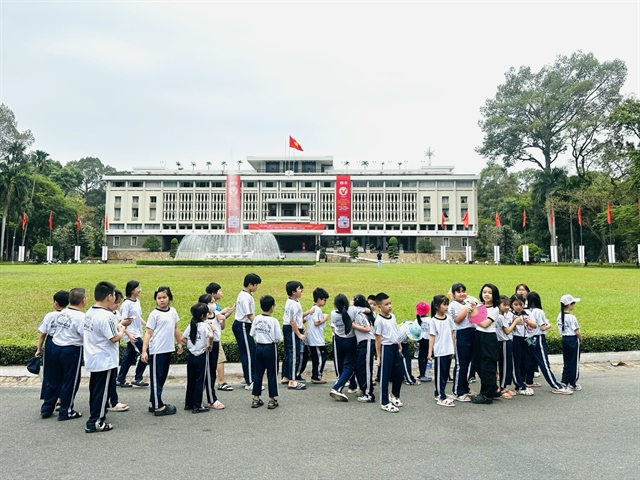 |
| Students visit the Independence Palace, a national special relic and one of HCM City’s most popular attractions. — VNA/VNS Photo Nguyễn Diệp |
With around 681 tourism resources and its status as the country’s leading economic and cultural hub, the city has the capacity to serve a broad spectrum of tourism segments – from leisure and nature exploration to culture, gastronomy, and shopping.
The city can host conferences and exhibitions, then channel visitors to nearby seaside or ecological destinations for post-event leisure.
Nguyễn Thị Khánh, chairwoman of the HCM City Tourism Association, said the expanded boundaries open up possibilities for unique products leveraging coastal resources, cultural-historical sites, craft villages, and golf courses in former Bà Rịa–Vũng Tàu and Bình Dương.
“Bà Rịa-Vũng Tàu’s integration with HCM City creates favourable conditions for extending visitor stays, developing MICE and cruise tourism, and capitalising on deep-water port infrastructure,” she said.
Võ Anh Tài, deputy general director of Saigontourist Group, called for a focus on high-end tourism products, along with investments in road and maritime transport linking the city to neighbouring provinces and Long Thành International Airport.
He also urged priority for developing an international cruise port and greater support for inbound operators attending promotional events and trade fairs.
Strategic vision
Experts recommend a comprehensive master plan that aligns tourism development with transport projects such as the Bến Lức–Long Thành Expressway and Ring Road No 3, which would ease pressure on National Highway No 51.
The sector is also urged to expand products, diversify markets, strengthen domestic and international business linkages, promote digital transformation in management, and develop a smart, green tourism ecosystem.
This would balance growth with environmental protection, cultural preservation, and resource regeneration.
A critical part of the city’s long-term tourism strategy will be building a high-quality workforce.
Hoa said the sector needs a master plan for human resources, potentially commissioning training from specialised tourism schools and fostering links between institutions to meet international standards.
Such investments would enable the city to leverage its advantages more effectively, contributing to economic restructuring, job creation, and higher living standards for its residents.
In this new development phase, city officials and industry leaders see tourism not only as a source of economic growth but also as a powerful connector – linking communities, showcasing culture, and shaping the city’s image as a dynamic, welcoming destination on the global stage. — VNS


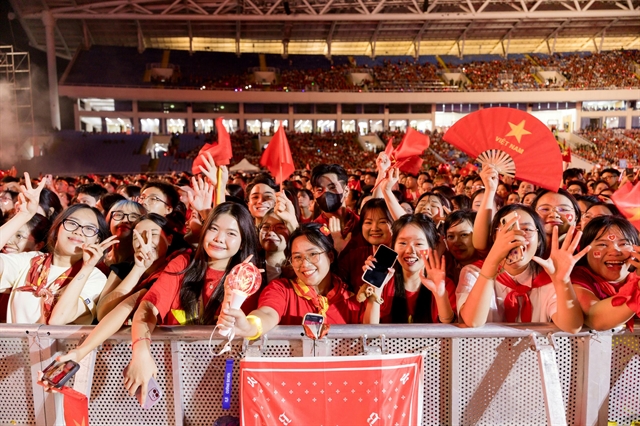
.jpg)
